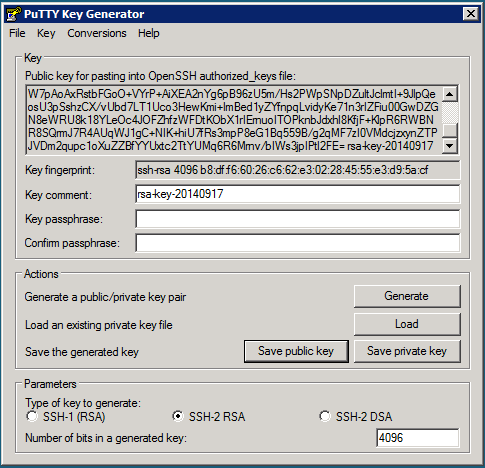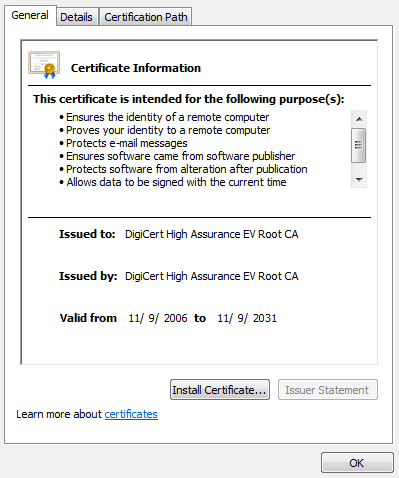Openssl.exe pkcs12 -in myCert.pfx -nocerts -out privateKey.pem The private key that you have extract will be encrypted. Far cry primal activation key generator. To unencrypt the file so that it can be used, you want to run the following command: openssl.exe rsa -in privateKey.pem -out private.pem The resulting private.pem file should be the key file that you want. Open it up using. How can I find the private key for my SSL certificate. /windows-8-64-bit-key-generator.html. If you just got an issued SSL certificate and are having a hard time finding the corresponding private key, this article can help you to find that one and only key for your certificate. The private key is generated and saved in a file named 'rsa.private' located in the same folder. Generating the Public Key - Linux 1. Open the Terminal. Type the following: openssl rsa -in rsa.private -out rsa.public -pubout -outform PEM 2. The public key is saved in a file named rsa.public located in the same folder.

In this tutorial, I will explain how to generate a Let’s Encrypt certificate in PFX and then import it on another IIS server, in Exchange or on an RDS gateway. In the tutorial: Installing a Let’s Encrypt certificate on IIS, I explain how to generate a Let’s Encrypt certificate with IIS. This article is produced with a version 1.9 of WACS. Export private key and certificate from IIS.pfx file. Extract private key and certificate file You need OpenSSL to extract private key and certificate from.pfx If you have Linux web server in place you should already have openssl there. Note: if the CSR was generated this way but the certificate needs to be installed on a Windows server (i.e. IIS), you’ll need to generate the PFX file from the certificate and Private key. To do that, use this command: openssl pkcs12 -export -out.your certificate.pfx -inkey server.key -in. The application want a keypair within.pfx file. How can I generate.pfx from mypkey.private and mykey.txt that was create by opendkim? I have found this answer, but this is not helping me that mouch since I have two file that contain public and private key. Myfile.private -BEGIN RSA PRIVATE KEY-END RSA PRIVATE KEY-myfile.txt.

| # Generate Private Key and Certificate using RSA 256 encryption (4096-bit key) |
| openssl req -x509 -newkey rsa:4096 -keyout privatekey.pem -out certificate.pem -days 365 |
| # Alternatively, setting the '-newkey' parameter to 'rsa:2048' will generate a 2048-bit key. |
| # Generate PKCS#12 (P12) file for cert; combines both key and certificate together |
| openssl pkcs12 -export -inkey privatekey.pem -in certificate.pem -out cert.pfx |
| # Generate SHA256 Fingerprint for Certificate and export to a file |
| openssl x509 -noout -fingerprint -sha256 -inform pem -in certificate.pem >> fingerprint.txt |
| # Generate SHA1 Fingerprint for Certificate and export to a file |
| #openssl x509 -noout -fingerprint -sha1 -inform pem -in certificate.pem >> fingerprint.txt |
| # FYI, it's best practice to use SHA256 instead of SHA1 for better security, but this shows how to do it if you REALLY need to. |
commented Nov 7, 2019
Generate Private Key From Pfx File
Here's a couple useful links related to this: |